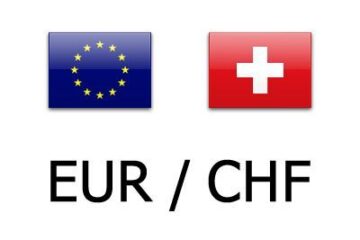The Schedule D form is what most people use to report capital gains and losses that result from the sale or trade of certain property during the year.
Most people use the Schedule D form to report capital gains and losses that result from the sale or trade of certain property during the year. As of 2011, however, the Internal Revenue Service created a new form, Form 8949, that some taxpayers will have to file along with their Schedule D and 1040 forms.
TurboTax Premier makes it easy and fast to import, upload, and accurately report your investments, effortlessly. You can auto import over 3500 transactions easily, whether from stocks, crypto, ESPPs, robo-investing, and more. Start for free and get up to an additional $15 off when you file with TurboTax Premier.
Capital asset transactions
Capital assets include all personal property, including your:
homecarartworkcollectiblesstocks and bondscryptocurrency
Whenever you sell a capital asset held for personal use at a gain, you need to calculate how much money you gained and report it on a Schedule D. Depending on your situation, you may also need to use Form 8949. Capital assets held for personal use that are sold at a loss generally do not need to be reported on your taxes. The loss is generally not deductible, as well.
The gains you report are subject to income tax, but the rate of tax you’ll pay depends on how long you hold the asset before selling. If you have a deductible loss on the sale of a capital asset, you might be eligible to use the losses you incur to offset other current and future capital gains.
Capital gains and losses are generally calculated as the difference between what you bought the asset for (the IRS calls this the “tax basis”) and what you sold the asset for (the sale proceeds).Certain assets can have “adjustments” to the basis that can affect the amount gained or lost for tax purposes.
Short-term gains and losses
The initial section of Schedule D is used to report your total short-term gains and losses. Any asset you hold for one year or less at the time of sale is considered “short term” by the IRS.
For example, if you purchase 100 shares of Disney stock on April 1 and sold them on August 8 of the same year, you report the transaction on Schedule D and Form 8949 as short-term.
When your short-term gains exceed your short-term losses, you pay tax on the net gain at the same ordinary income tax rates you pay on most of your other income, such as your wages.
Our TurboTax Live experts look out for you. Expert help your way: get help as you go, or hand your taxes off. You can talk live to tax experts online for unlimited answers and advice OR, have a dedicated tax expert do your taxes for you, so you can be confident in your tax return. Enjoy up to an additional $20 off when you get started with TurboTax Live.
Long-term gains and losses
Capital assets that you hold for more than one year and then sell are classified as long-term on Schedule D and Form 8949. The advantage to reporting a net long-term gain is that generally these gains are taxed at a lower rate than short-term gains. The precise rate depends on the tax bracket you’re in.
Preparing Schedule D and 8949
Any year that you have to report a capital asset transaction, you’ll need to prepare Form 8949 before filling out Schedule D unless an exception applies.
Form 8949 requires the details of each capital asset transaction. For example, if you execute four separate stock trades during the year, some of the information you must report includes:
the name of the company to which the stock relates,the date you acquired and sold the stock,your purchase price (or adjusted basis), andthe sales price.
Also, just like Schedule D, there are two sections that cover your long-term and short-term transactions on Form 8949. You then compute the total gain or loss for each category and transfer those amounts to your Schedule D and then to your 1040.
There are two exceptions to having to include transactions on Form 8949 that pertain to individuals and most small businesses:
Taxpayers can attach a separate statement with the transaction details in a format that meets the requirements of Form 8949.Taxpayers can omit transactions from Form 8949 if:They received a Form 1099-B that shows that the cost basis was reported to the IRS, andThe form does not show a nondeductible wash sale loss or adjustments to the basis, gain or loss, or to the type of gain or loss (short term or long term).
If one of the exceptions applies, then the transactions can be summarized into short-term and long-term and reported directly on Schedule D without using Form 8949.
If an exception applies you can still voluntarily report your transactions on Form 8949 which might be easier if you have some transactions that meet the exception requirements and some that don’t.
Whether you have stock, bonds, ETFs, cryptocurrency, rental property income, or other investments, TurboTax Premier has you covered. Filers can easily import up to 10,000 stock transactions from hundreds of Financial Institutions and up to 4,000 crypto transactions from the top crypto exchanges. Increase your tax knowledge and understanding all while doing your taxes.


